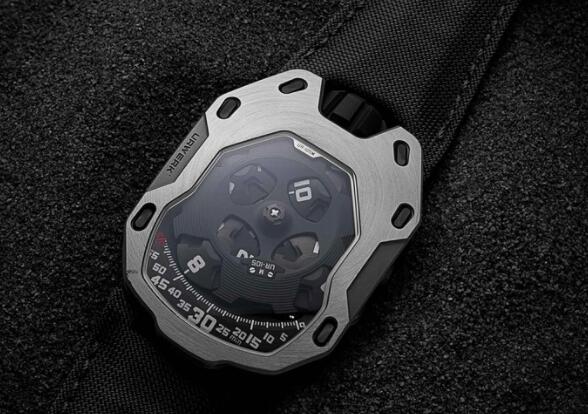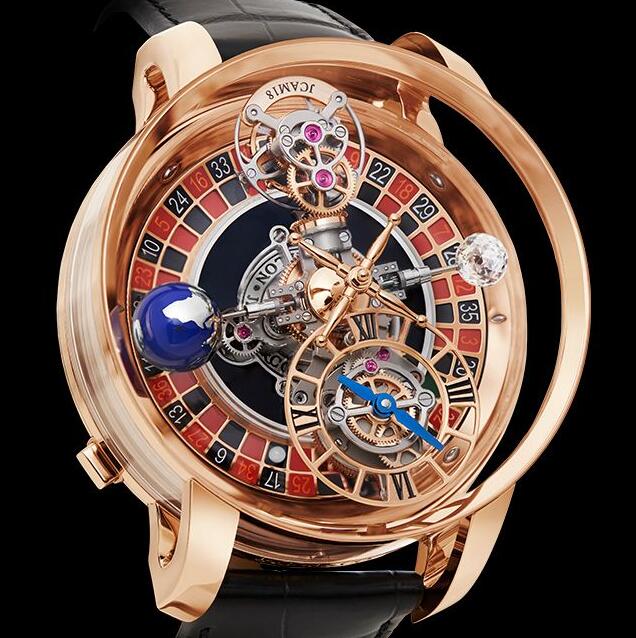
|
|
Experience Rolex's first attempt at a titanium watch, the Rolex Deep Sea Challenge Rolex has released the news of the RLX Titanium Rolex Deep Sea Challenge. Today, we will experience the first titanium Rolex watch in person. The case, bracelet and buckle are made from lightweight RLX titanium, and we can't wait to see the level of performance, quality and feel of the first titanium Rolex. Spoiler alert: The tiara has yet to achieve the same level of excellence as Oystersteel, gold and platinum.
|

 Schülergewerkschaft
Schülergewerkschaft Thema drucken
Thema drucken 07.01.2023 06:07 (zuletzt bearbeitet: 07.01.2023 06:07)
07.01.2023 06:07 (zuletzt bearbeitet: 07.01.2023 06:07)




 Antworten
Antworten